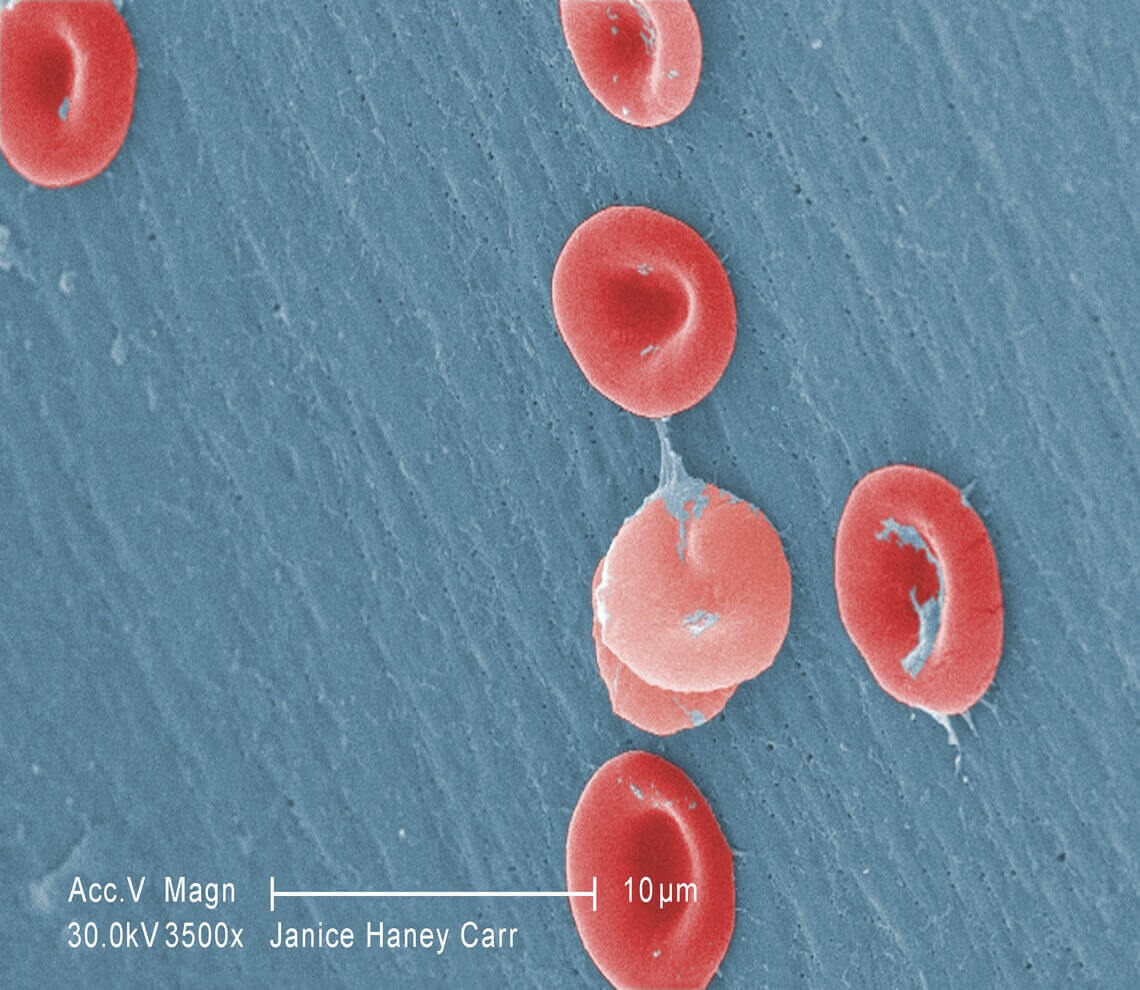- Our Suppliers
- MBS Monoclonals
- IL 6 Receptor, gp80, endotoxin-free (CD126, IL-6R) Antibody
Product short description
Price:
636 EUR
Size:
100ug
Catalog no.:
GEN600065
Product detailed description
Gene name
N/A
Gene name synonims
N/A
Concentration
N/A
Other gene names
N/A
Other names
N/A
Clone
2B2.2
Immunoglobulin isotype
IgG1,k
French translation
anticorps
Category
Antibodies
Clonality
Monoclonal
Subcategory
Mnoclonal antibodies
Host organism
Mouse (Mus musculus)
Source organism
Human (Homo sapiens)
Also known as
Interleukin 6 Receptor, gp80, endotoxin-free
Purification method
Highly Purified by ion exchange chromatography.
Tested applications:
ELISA (EL/EIA), Flow Cytometry (FC/FACS), Neutralization
Form/Appearance
Supplied as a liquid in PBS, pH 7.2. No preservatives added.
Properties
If you buy Antibodies supplied by MBS Monoclonals they should be stored frozen at - 24°C for long term storage and for short term at + 5°C.
Species reactivity
Human (Homo sapiens); Due to limited knowledge and inability for testing each and every species, the reactivity of the antibody may extend to other species which are not listed hereby.
Storage and shipping
Store the antibody at +4 degrees Celsius for short term storage.. Aliquot to avoid repeated freezing and thawing. For optimal long term storage, the antibody should be kept at -20 degrees Celsius. Aliquots are stable for 12 months. For maximum recovery of product, centrifuge the original vial after thawing and prior to removing the cap.
Specificity and cross-reactivity
Recognizes soluble and membrane bound human IL-6 receptor gp80, a glycoprotein with Mr80kD which is also known as CD126. This antibody binds to the IL-6 receptor in the presence of IL-6.; Since it is not possible to test each and every species our knowledge on the corss reactivity of the antibodies is limited. This particular antibody might cross react with speacies outside of the listed ones.
Description
The receptors are ligand binding factors of type 1, 2 or 3 and protein-molecules that receive chemical-signals from outside a cell. When such chemical-signals couple or bind to a receptor, they cause some form of cellular/tissue-response, e.g. a change in the electrical-activity of a cell. In this sense, am olfactory receptor is a protein-molecule that recognizes and responds to endogenous-chemical signals, chemokinesor cytokines e.g. an acetylcholine-receptor recognizes and responds to its endogenous-ligand, acetylcholine. However, sometimes in pharmacology, the term is also used to include other proteins that are drug-targets, such as enzymes, transporters and ion-channels.
© Copyright 2016-Tech News . Design by: uiCookies

